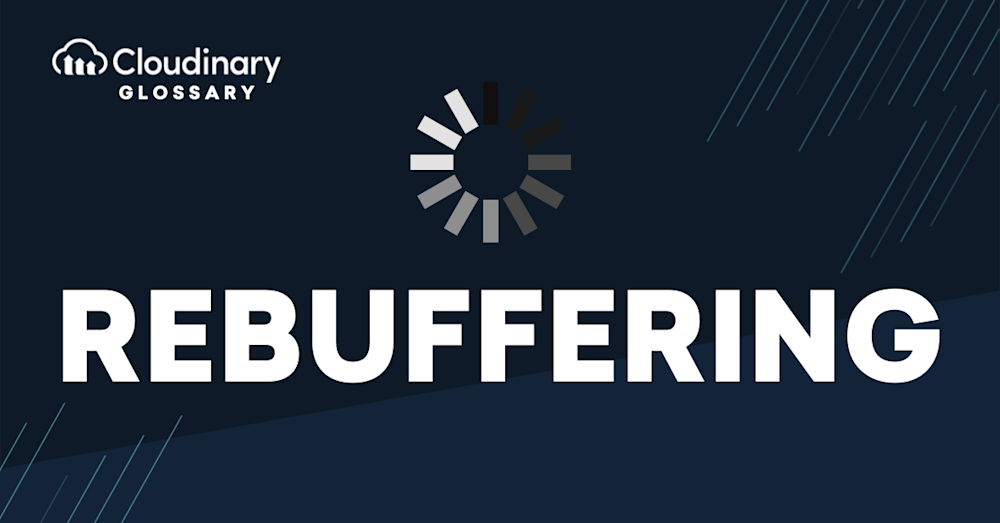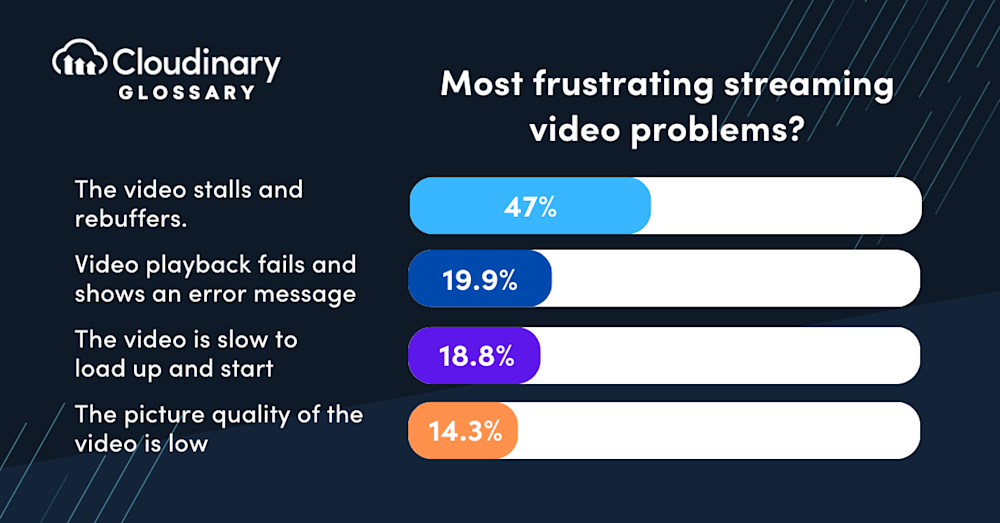What Is Rebuffering?
Rebuffering, in the context of streaming media, refers to an interruption in the playback buffer’s continuous flow. You might recognize it as those frustrating moments when your screen freezes, and you see the dreaded buffering symbol. Simply put, it’s the interlude of downtime that happens when the content you’re streaming pauses to load more data.
Behind the scenes, it’s a bit more complex –a game of balance between data transmission rates and playback speed. When you stream a video, it’s effectively being downloaded and played bit by bit in real-time. If the next chunk of video data doesn’t arrive in your buffer before it’s time to play, your video will pause and rebuffer. This balance can be thrown off by a multitude of factors such as internet connection speed, network congestion, or the streaming platform’s servers’ performance. Hence, for developers and technical professionals, understanding and minimizing rebuffering is key to providing a smooth user experience.
Rebuffering Vs Buffering
While rebuffering and buffering are related concepts in video streaming, there are significant differences between the two. Buffering refers to the process of preloading video content before playback begins. It ensures a smooth and uninterrupted viewing experience by loading enough data into a temporary storage area (buffer) to account for any fluctuation in internet speed.
On the other hand, rebuffering happens during video playback when the video stream needs to pause briefly to load additional content. This pause can be caused by the playback catching up with the buffer or due to interruptions in the network transmission.
Although buffering and rebuffering are both part of the video streaming process, rebuffering is typically seen as a negative occurrence as it disrupts the viewer’s experience and indicates a potential problem with the video streaming service.
Closing Thoughts
To tackle the issue of rebuffering and provide a seamless playback experience, platforms rely on innovative solutions and technologies. One solution is Cloudinary, a cloud-based media management platform that offers video optimization features to enhance performance and reduce buffering and rebuffering issues.
Cloudinary optimizes video delivery by automatically adapting to network fluctuations and adjusting video quality in real-time. This dynamic adaptation ensures smoother playback, minimizes rebuffering instances, and delivers an improved user experience overall. By leveraging Cloudinary’s robust video optimization capabilities, businesses can deliver high-quality videos efficiently, while minimizing rebuffering, buffering, and other performance-related issues.
Explore Cloudinary today and take the first step in providing smoother, uninterrupted streaming experiences for your audience.
Additional Resources You May Find Useful:



